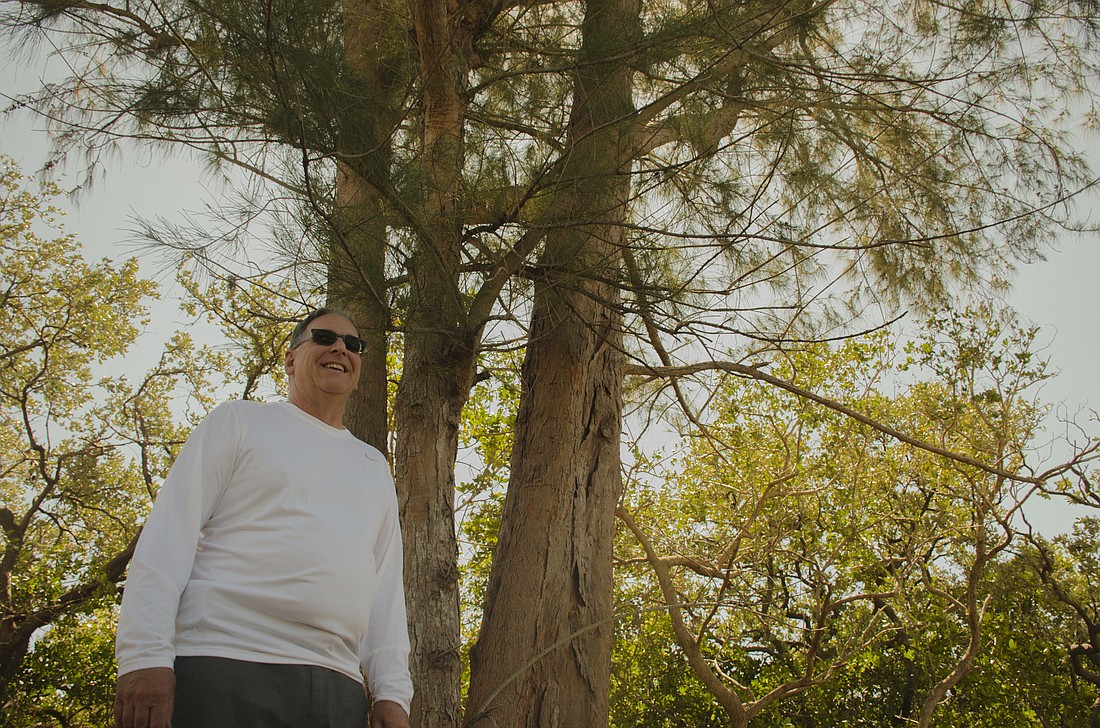- April 25, 2024
-
-
Loading

Loading

It has been almost six months since the town created an incentive program to remove Australian pines from the island — and in that time, less than 10% of the money for removing the invasive tree species has been spent.
Three applicants have removed seven trees from the island in the past six months as part of the town’s $60,000 effort to rid the town of what officials consider nuisance, infrastructure-threatening foliage.
They were:
Six other applications have been received but have not followed through in contracting for the trees’ removal.
Beginning earlier this year, the town offered up to $750 each for trees that had the potential to damage infrastructure if they fell. The bounty is $1,500 if the trees had potential to fall on Gulf of Mexico Drive, the town’s only evacuation route off the island.
“I thought for sure we’d see a lot more applications,” said Streets, Facilities, Parks and Recreation Director Mark Richardson. “I don’t know the reason [there aren’t more].”
Cary Campagna asked town officials earlier this year for money to remove an Australian pine near his Longboat Key home. But even after his request to do so was approved — and the town offered him money to remove the tree — the tree still hasn’t been felled.
It’s not for lack of desire, Campagna said. It’s the cost.
The lowest quote Campagna said he got for taking down the tree was $3,500, more than four times the price the town offered to reimburse him for removing the pine.
Campagna said he asked the town for a bit more money to help remove the tree, which is entangled in power lines on the border between Spanish Main Yacht Club and Cedars East, but was denied.
“For that kind of money, I guess I can afford to have the tree drop on the house,” Campagna said of the quote he got for removing the tree.
Richardson said he’s heard similar sentiments. One resident who submitted a permit request to remove a tree from her property said her homeowners insurance would cover the cost of a tree falling on her house, Richardson said.
“You have to play that fine line,” Richardson said. “We’re encouraging it, but how much should the resident pay for it because it’s going to save their house.”
It also could be that residents just don’t want to remove Australian pines from their property.
The trees — an invasive species brought to Florida in the late 19th century — were planted by John Ringling along what is now Gulf of Mexico Drive in the early 1900s, wrote Ralph B. Hunter in his book, “From Calusas to Condominiums: A Pictorial History of Longboat Key.”
“Just from the small turnout, I don’t know if people want to get rid of the pines,” Richardson said. “I don’t really know why people aren’t filling [permits] out, but if we had more people filling it out and they said it’s not enough, then that would be something to look at.”